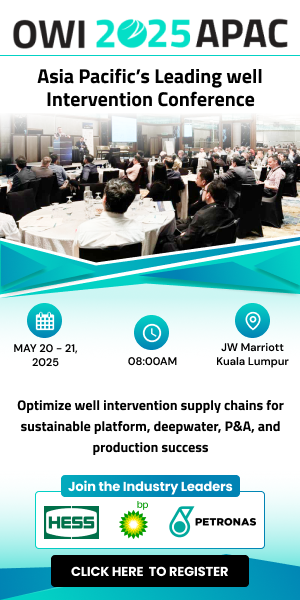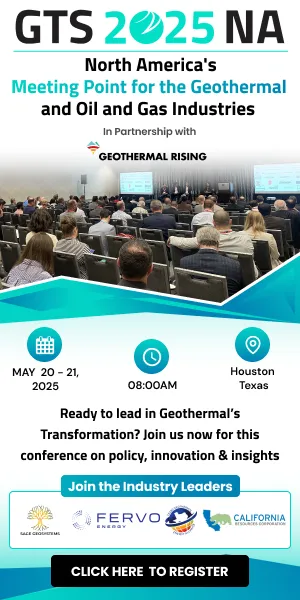In an interview with Technical Review Middle East, Stamford | AvK discusses how its latest innovations, like the high-efficiency STAMFORD S9 alternator and digital VITA AVR range, are supporting the global shift towards net zero. From data centres and microgrids to hybrid systems and alternative fuels, the company outlines how it is helping customers navigate the evolving power landscape with scalable, future-ready solutions. Read on:
Stamford's white paper talks a lot about where the electrical ecosystem is headed with net zero. How is the Stamford S9 fitting into that picture?
The Stamford S9 fits seamlessly into the evolving electrical ecosystem by offering better efficiency—potentially saving up to US$45,500 per year in fuel costs and reducing CO₂ emissions by 66 tonnes annually—and by being designed with higher power density in mind, which minimises both weight and space-related carbon footprints. Moreover, it supports a wide range of applications—from Marine to Data Centres—that are actively participating in the energy transition and incorporating renewable energy. For example, as Data Centres explore greener energy sources, the S9 plays a crucial role by delivering the reliable backup power they require, while in Microgrids, it contributes to localised energy resilience and lower emissions by operating alongside renewables and other alternators.
With the rapid growth in data centres and increasing demand for grid support, how is the Stamford S9 helping to meet these evolving power needs?The Stamford S9 is a market-leading solution already powering data centres around the globe, and it is also constantly being optimised to meet evolving demands. We are increasing our production capacity and leveraging our global footprint to meet the surging need, while also offering the S9 in various voltages—low, medium, and high—to accommodate different market requirements.
The S9 is engineered to serve both the mission critical backup power applications in data centres as well as prime power applications providing continuous power to the grid. The high efficiency S9 when coupled with gas engines can be rapidly deployed to feed power to the grid. Sub-transient reactance-optimised generators are used to provide mission critical backup power directly to data centres.
This capability makes the S9 a flexible, future ready choice for today's power generation landscape.
You mentioned going digital with the VITA range for your AVRs. What brought about that change, and how is it helping customers get closer to net zero?The move to digital with our VITA AVR range was driven by the need for more precise and stable control, as well as rapid response to load changes—all of which are essential in supporting the energy transition. This digital approach reduces fuel wastage caused by generator inefficiencies and also enhances performance under variable load conditions, which are typical in hybrid or renewable-powered systems. As a result, customers can achieve more efficient operations and make meaningful progress towards their net zero targets.
As a thought leader in the power generation industry, how is Stamford balancing innovation (like the development of the Stamford S9 and VITA range) with the practical challenges of decarbonisation, such as cost and scalability, in regions like the Middle East?Balancing innovation with decarbonisation challenges in regions like the Middle East requires solutions that are not only scalable and cost-effective but also compatible with existing infrastructure and grid systems. STAMFORD | AvK has a deep-rooted presence in the region, backed by extensive technical expertise and a track record of delivering market-leading solutions tailored to local requirements. While continuing to drive innovation—such as the launch of the AvK A7 that integrates strengths from both the AvK and STAMFORD brands—we’re also focusing on delivering efficient, durable products that are compatible with both conventional and renewable prime movers, including those powered by HVO, biogas, and hydrogen. Furthermore, our solutions are designed to be reliable even when renewable sources are intermittent, and our technical support spans the full transition journey, ensuring we stay a trusted partner throughout.
What trends are you keeping an eye on for the next ten years, especially in the energy transformation?Over the next decade, we are closely monitoring the rapid rise of renewable and hybrid solutions, the growth of microgrids, and the continued evolution of prime movers—including larger engines and those powered by alternative fuels. At the same time, we’re tracking advances in technology such as variable speed systems, and the emerging potential of fuel cells and even nuclear energy. These trends will shape the future of power generation, and we are actively aligning our innovation roadmap to stay ahead of them.






